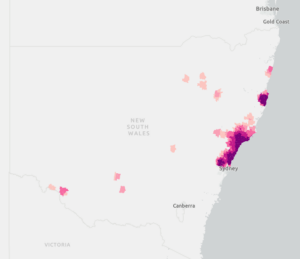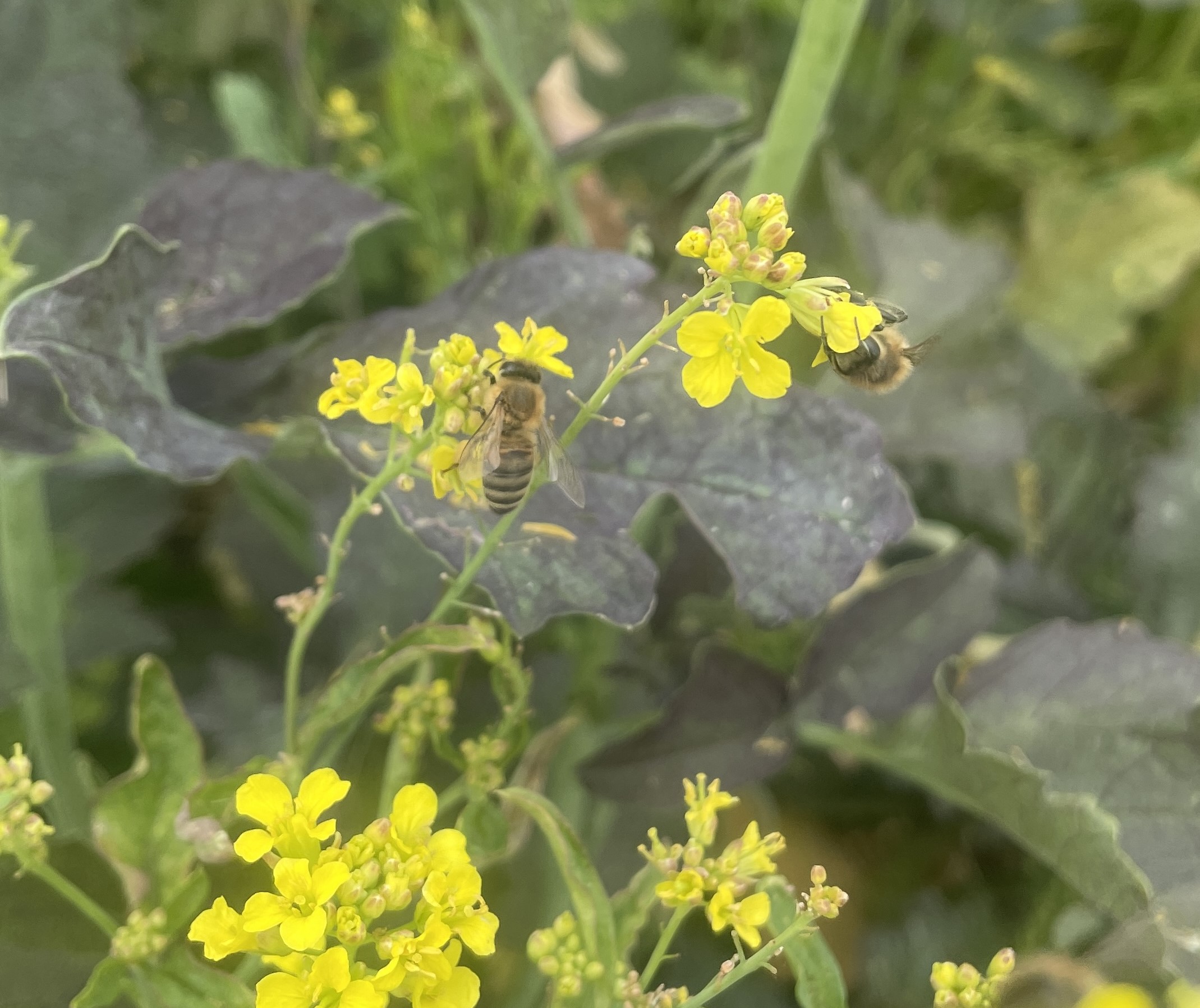Varroa mite – what to consider now that it’s here
Until June 2022, Australia was one of the few countries that remained free of Varroa mite. After 15 months of attempting to eradicate Varroa mite, the Response is now transitioning to management. What does the presence of Varroa mite in Australia mean for pollination-dependent vegetable growers?
The Response so far
Varroa mite was discovered on sentinel hives near the Port of Newcastle, New South Wales, in June 2022. The detection was the result of routine surveillance by NSW Bee Biosecurity Officers and resulted in Australia’s largest ever plant biosecurity response.
Since the initial detection, the lead agency, NSW Department of Primary Industries (DPI), the Consultative Committee on Emergency Plant Pests (CCEPP; the technical advisory committee made up of representatives from affected industries and state, territory and federal governments) and the National Management Group (NMG); have continued to meet and discuss the response progress.

The Response Plan, which aimed to achieve complete eradication, was endorsed by the NMG in June 2023 with associated costs to be shared between the Australian, state and territory governments, and affected industry parties based on a Category 2 Emergency Plant Pest (EPP).
On 19th September 2023, the NMG with advice from the CCEPP agreed that it was no longer practically feasible to achieve eradication and that the Response will transition to management. At the time of writing, the details of the transition to management phase are still being determined. The transition to management phase is designed to equip affected industries (both beekeeping and pollination dependent) to manage Varroa mite in the longer term. The transition will aim to slow the spread of Varroa mite and prepare industry via training and education, identification of options for management and support for pollination security.
While the immediate and direct impact of the Varroa mite Response has been on bees and beekeepers, many horticultural crops require pollination for optimal fruit set and quality. Pollination-dependent industries and beekeepers will need to work together to mitigate the impact and maintain effective pollination as we all adapt to this new pest.
What is Varroa mite?

Varroa mite (Varroa destructor) is a tiny parasitic mite that feeds on European honey bees (native Australian bees are not known to be affected). It is one of the most serious threats to honey bees and pollination dependent industries. Infection of hives results in weakened bees, reduced drone fertility and decreased honey production. If left untreated, entire hives can die.
Representation by AUSVEG
AUSVEG, in its role as the peak industry body representing vegetable crops, as well as a signatory to the Emergency Plant Pest Response Deed (EPPRD) and a member of Plant Health Australia (PHA), has worked with NSW DPI, state and federal jurisdictions, PHA and other impacted Plant Industry Bodies to develop the Response Plan through the CCEPP and NMG. AUSVEG has also worked to include Owner Reimbursement Costs (ORCs) in the budget for vegetable growers who are reliant on pollination and have been affected by the varroa response eradication activities under the Response Plan. The due diligence process of Owner Reimbursement Costs (ORC) is now underway.
AUSVEG has also worked with Hort Innovation to fund a research project that will investigate the potential of alternate pollinators (e.g. hover flies) for cucurbit crops that show potential for development through mass rearing or enhancement of wild populations near crops as well as strategies for habitat augmentation to support alternative pollinators.
Varroa spread across the landscape
During the eradication Response, several measures were put in place to limit the spread of Varroa from areas known to be infected. These measures have been lifted in NSW and hives can now be moved in NSW with fewer restrictions (check the NSW DPI website for current regulations).
As we transition to management, Varroa is expected to slowly spread across the landscape. The NSW Department of Primary Industries website has a heat map that shows the mite load or number of infected premises where Varroa has been confirmed across NSW. This may assist industry to understand the risks for hives being moved around.
Do you rely on wild honey bees for pollination?
The spread of Varroa mite is also likely to impact on wild European honey bees and pollination services provided by those wild honey bees. Australia has among the highest wild honey bee densities in the world, estimated to range from 0.1 to 1.5 colonies per square kilometre depending on vegetation type (Hinson et al. 2015). This means pollination services are often provided for ‘free’. As Varroa mite spreads across the country, many of these wild bee populations are likely to die, meaning they may no longer be available to provide pollination services and many growers may need to consider employing commercial pollination services.
Considering your pollination requirements
- Talk to your pollination service provider, bee broker or beekeeper and plan ahead to meet your requirements. Hives move around Australia to correspond with availability of floral resources and seasonal pollination demand, and you may need to make sure they are available in your area. Consider discussing the pest and disease-free status of honey bees with your provider, and the best management practices required by both you as the grower, and the bee keeper to help maintain bee health.
- Encourage native bees and other pollination insects by planting bee friendly crops or refuges that can provide nectar and pollen sources as well as habitat throughout the year.
- Manage your own hives to help supplement your pollination needs. Contact your local agricultural department apiary or bee officer for more information.
Further information
For information on Varroa mite updates and regulations in other jurisdictions please use the following links:
- NSW
- Queensland
- Victoria
- Tasmania
- South Australia
- Australian Capital Territory
- Western Australia
- Australian Honeybee industry council
- DAFF
What to do if you suspect Varroa mite
The public can report wild European honeybee nests and varroa mite detections to the national Exotic Plant Pest Hotline on 1800 084 881.

